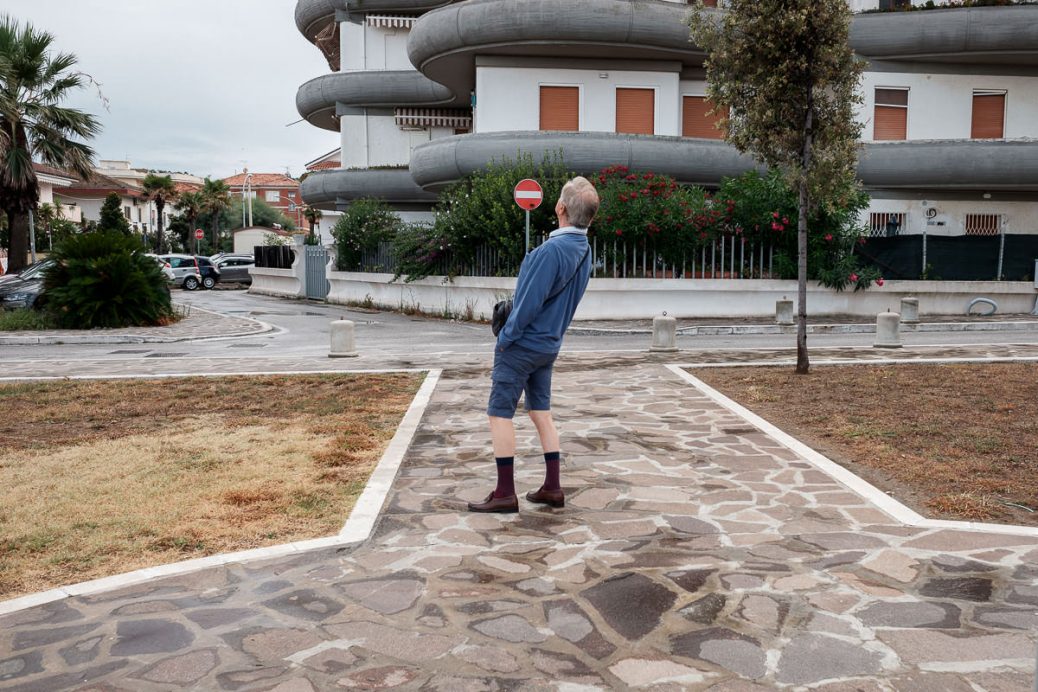Fourth Exibart Street Contest. Discover the Finalists: Francesco Ranieri
Dear Francesco,
first of all, congratulations! You are one of the ten finalists of our fourth Street Photography Competition in the Best Single Photo category, and we are very happy to have this interview with you.
First of all, I’m honored to be one of the finalists of the competition! It’s always exciting to see our work appreciated. This gave me the confidence to keep shooting!
Can you tell us something about yourself and about the finalist photo? What was the main source of inspiration for this photo? What did you hope to communicate through this image?
I’m 35 years old and I live with my girlfriend in a small seaside town in Abruzzo (Italy). I like to take walks by the seaside to relax after a stressful day at work. I like to shoot to document my surroundings. During one of my strolls, a guy’s behavior caught my attention as it looked out of context with respect to the surrounding environment. I took some shots to capture the moment in front of me.
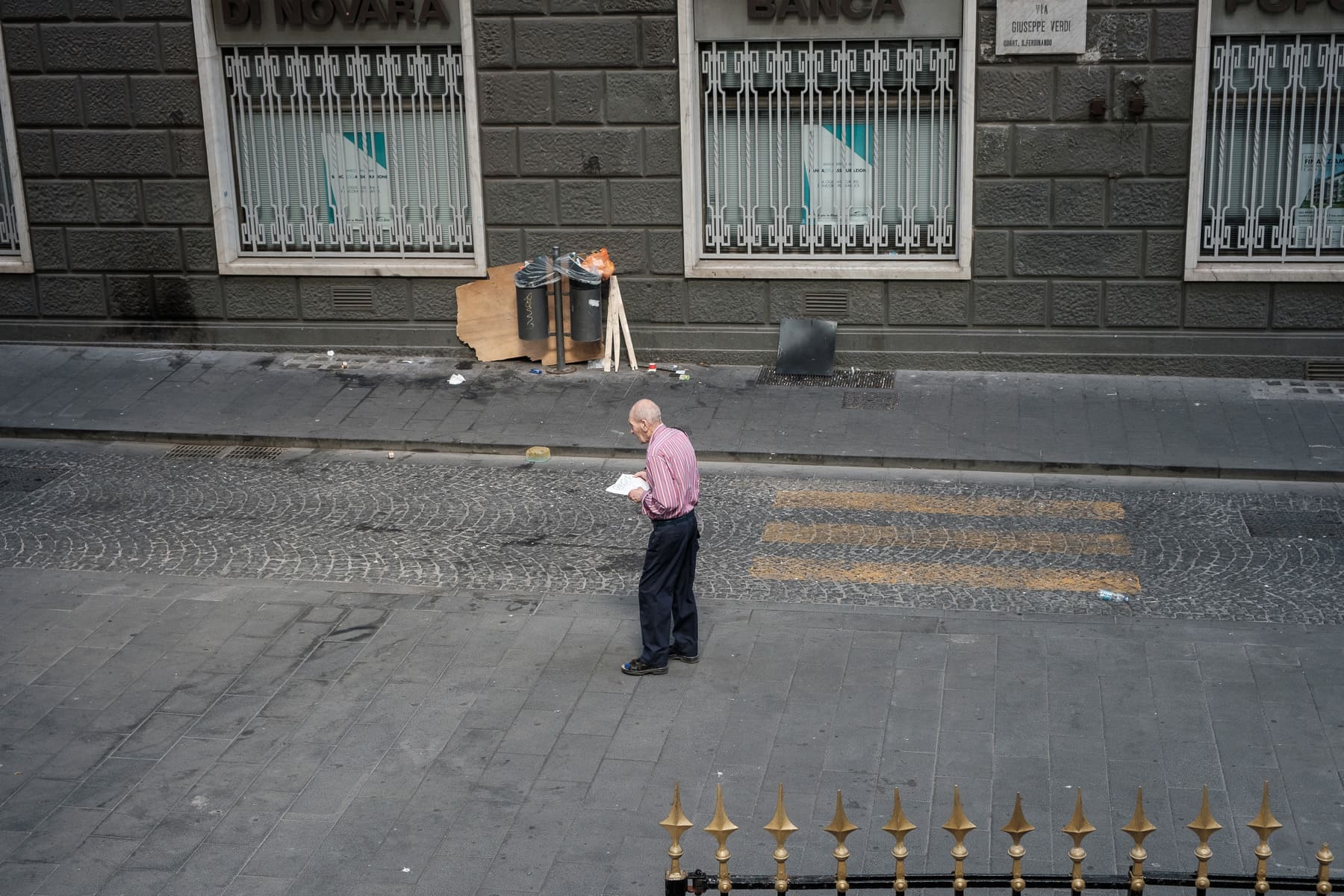
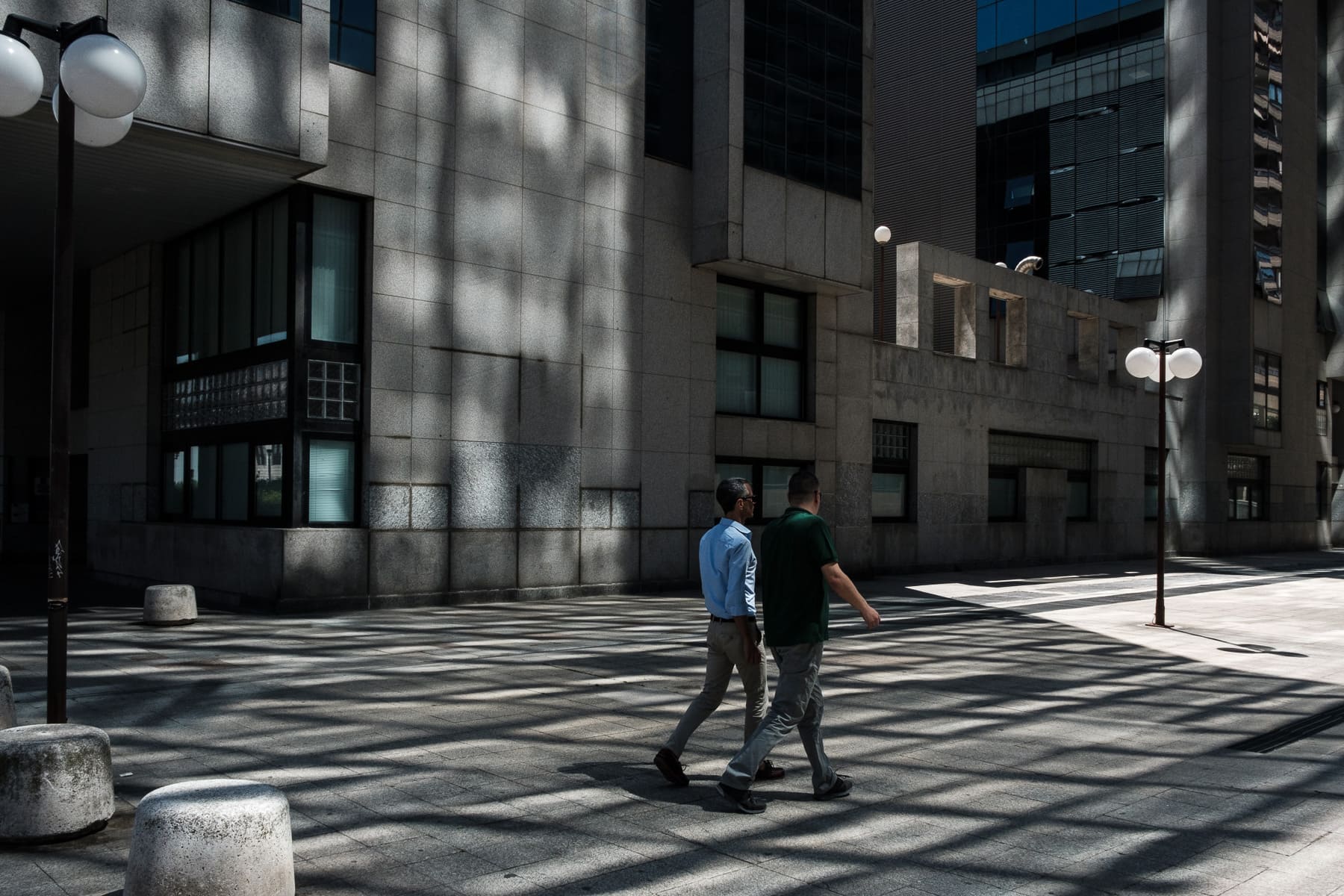
How do you choose the subjects or scenes to photograph?
My preference is to photograph people in relation to architecture. I also take pictures of anything that catches my attention.
Is there a theme or thread you follow when creating a new project?
Not in particular. I initially try to find a common theme after the photos are taken, maybe a certain style or emotion. I will scroll through my archive until I find something in common among 2 or 3 pictures. Then, I go out again and take some further shots, keeping in mind the theme I chose in order to complete the project.
Black and white and color. Two different worlds. You decided to go with color. Why? Do you ever shoot in b&w?
With my camera, I rarely shoot in B&W. Only some of the photos I take with my smartphone are in B&W. For now, I’ll stick to color.
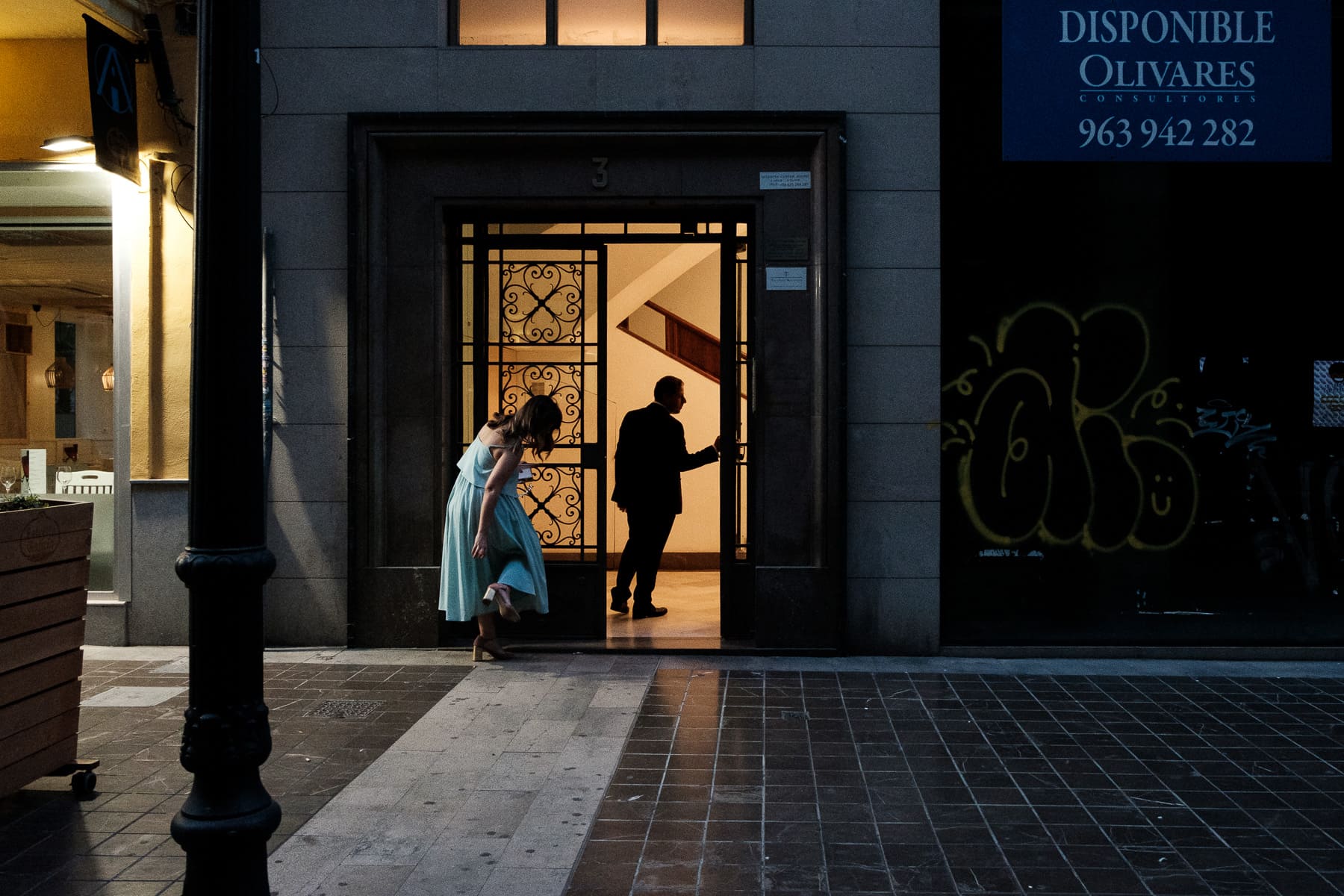
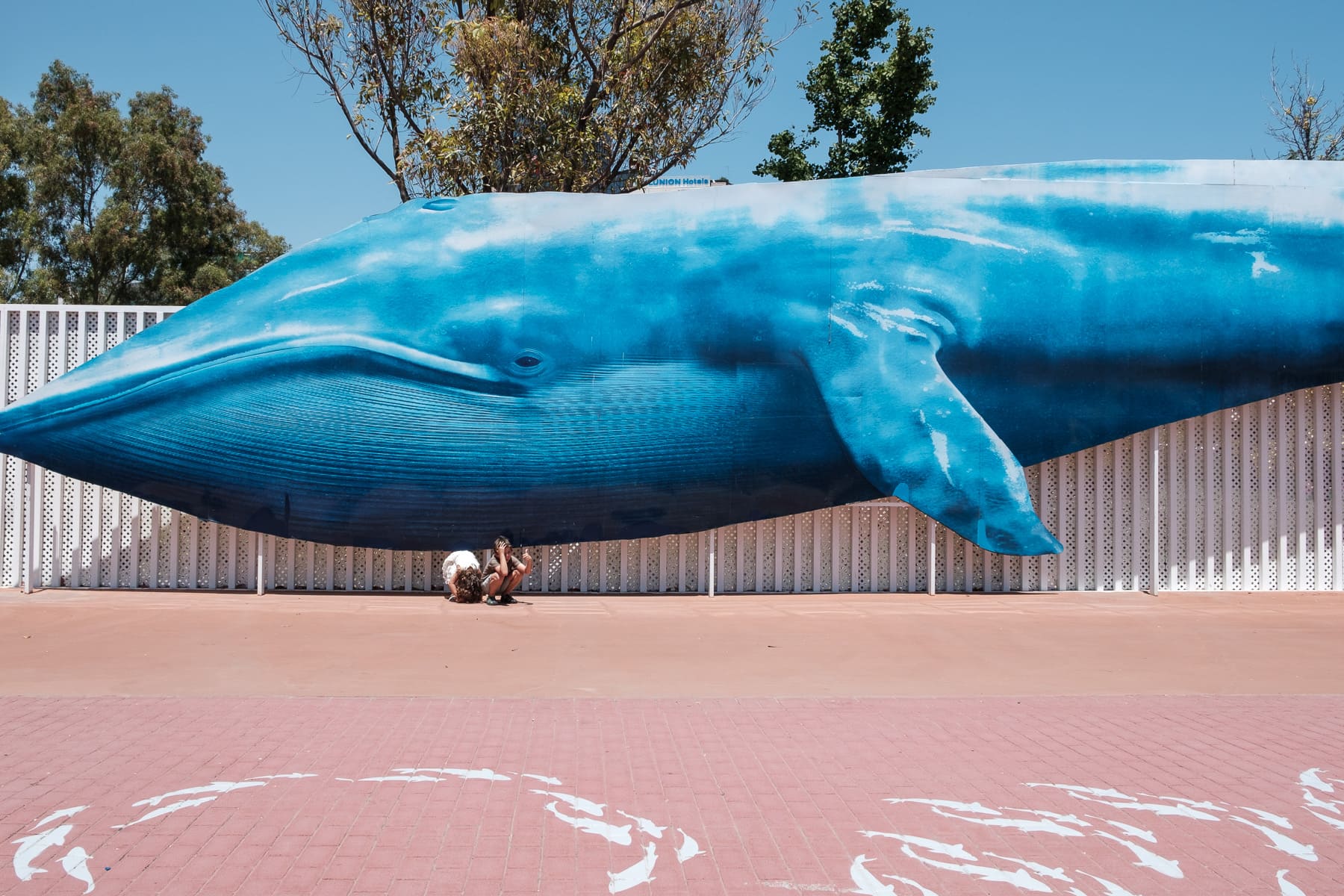
Many of your images capture everyday details that often go unnoticed. How do you decide which details to include and which to leave out?
My motto is “Less is more.” When capturing everyday details in images, I focus on simplicity and clarity. I prefer not to include elements that distract the viewer from the main subject, so that their attention remains on the essential aspects of the image, creating a more impactful and cohesive story.
Can you describe some of the photographic techniques you use to capture the atmosphere and moment in your photographs?
I normally prefer the “Set and forget” approach, so I usually shoot at f/8 or f/11 at 1/500s or 1/1000s with auto ISO. I might consider changing settings only for specific lighting situations.
“I live in a small seaside town where, especially in winter, it is impossible to find the liveliness one would find in a big city. But nothing is impossible. You just need to always be ready with the camera in your hands to find the extraordinary in the ordinary.”
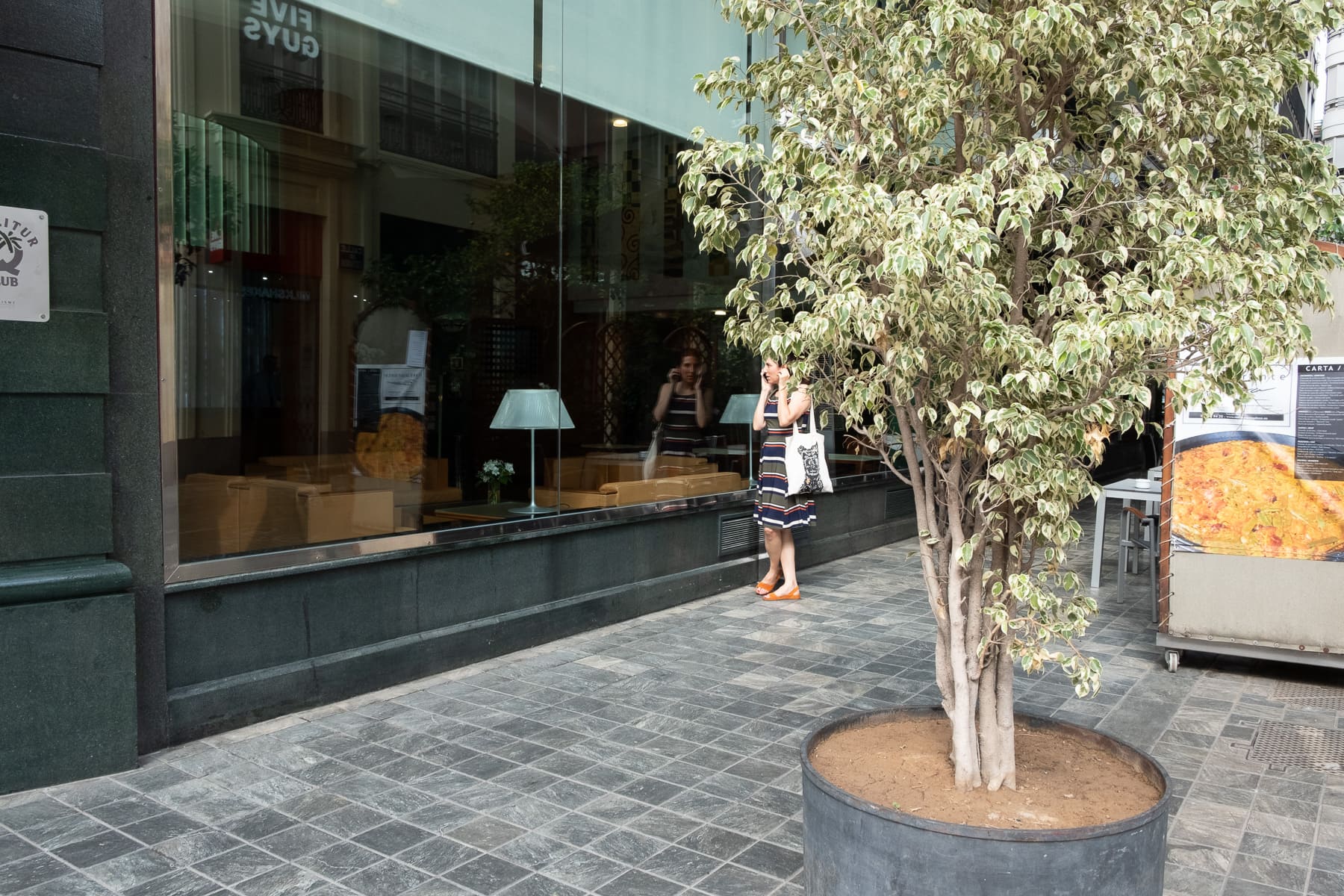
How would you define your photographic style?
This is a tough one because others should recognize your style, rather than myself defining it. I think that developing your own photographic style is a long journey that ultimately allows you to define yourself as a photographer. With my work, I hope that people will be able to see that things that would normally go unnoticed can be extraordinary.
Have you ever studied at a photography school or are you a self-taught artist?
I initially learned the basics on the internet. When I realized that photography was my passion and I wanted to take it more seriously, I attended several classes and workshops in Pescara at Meshroom Photo.
Who are the Masters of Photography who inspired you most in your photographic works?
Luigi Ghirri: his colors, his compositions, and the simplicity of his photos are something special to me. I found his photographs poetic. He really focuses on things that you might look at but not focus on. The wonder is not being afraid of the inevitable banality that is everywhere. The photography of Luigi Ghirri fascinates with his ability to transform the everyday into visual poetry, with his distinctive use of color, and with the depth of his reflections on landscape and identity.
Do you ever do Street Photography with your smartphone?
Yes, because it is always with me. However, I have a different approach compared to the camera: I normally use my smartphone for more “static” situations.
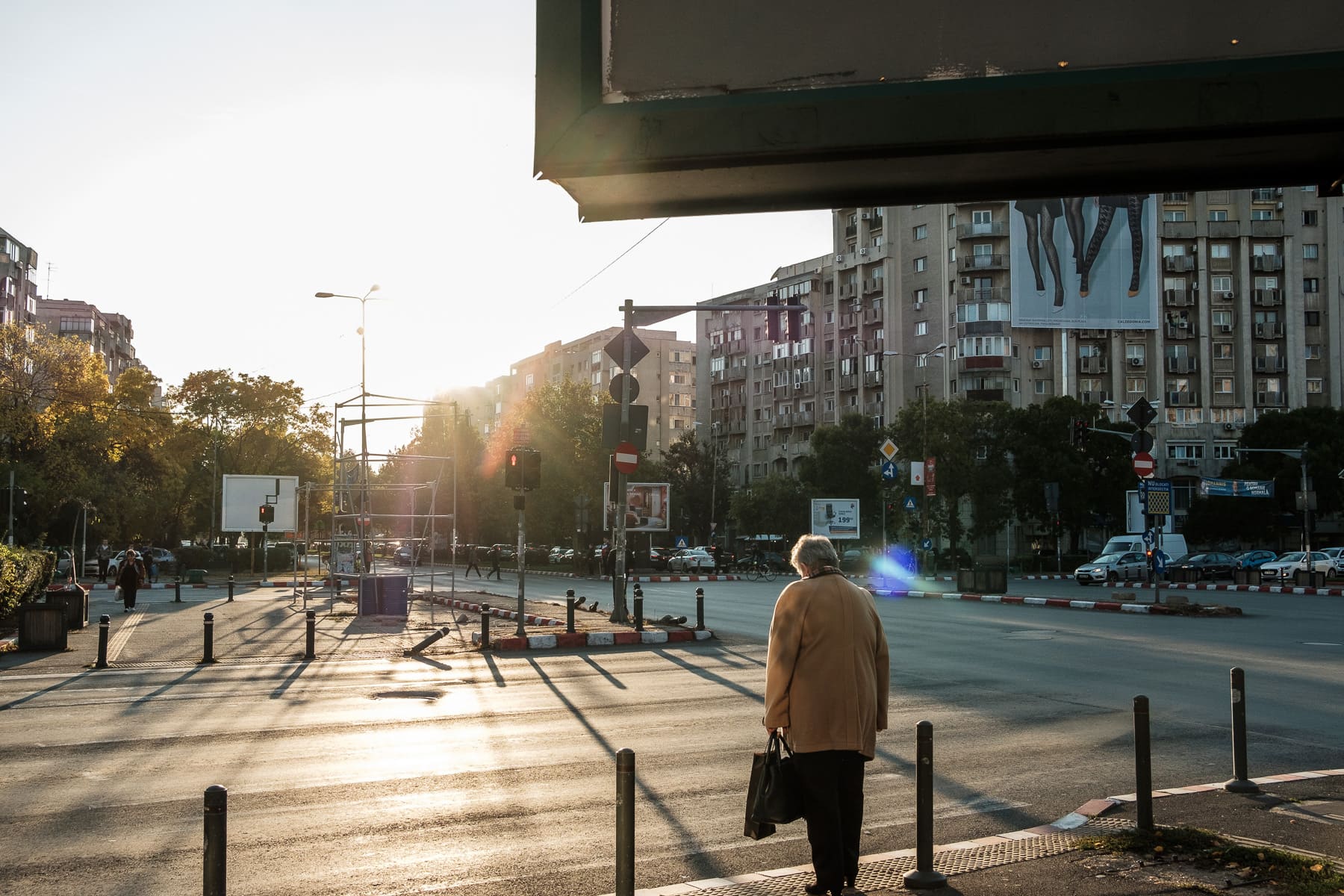
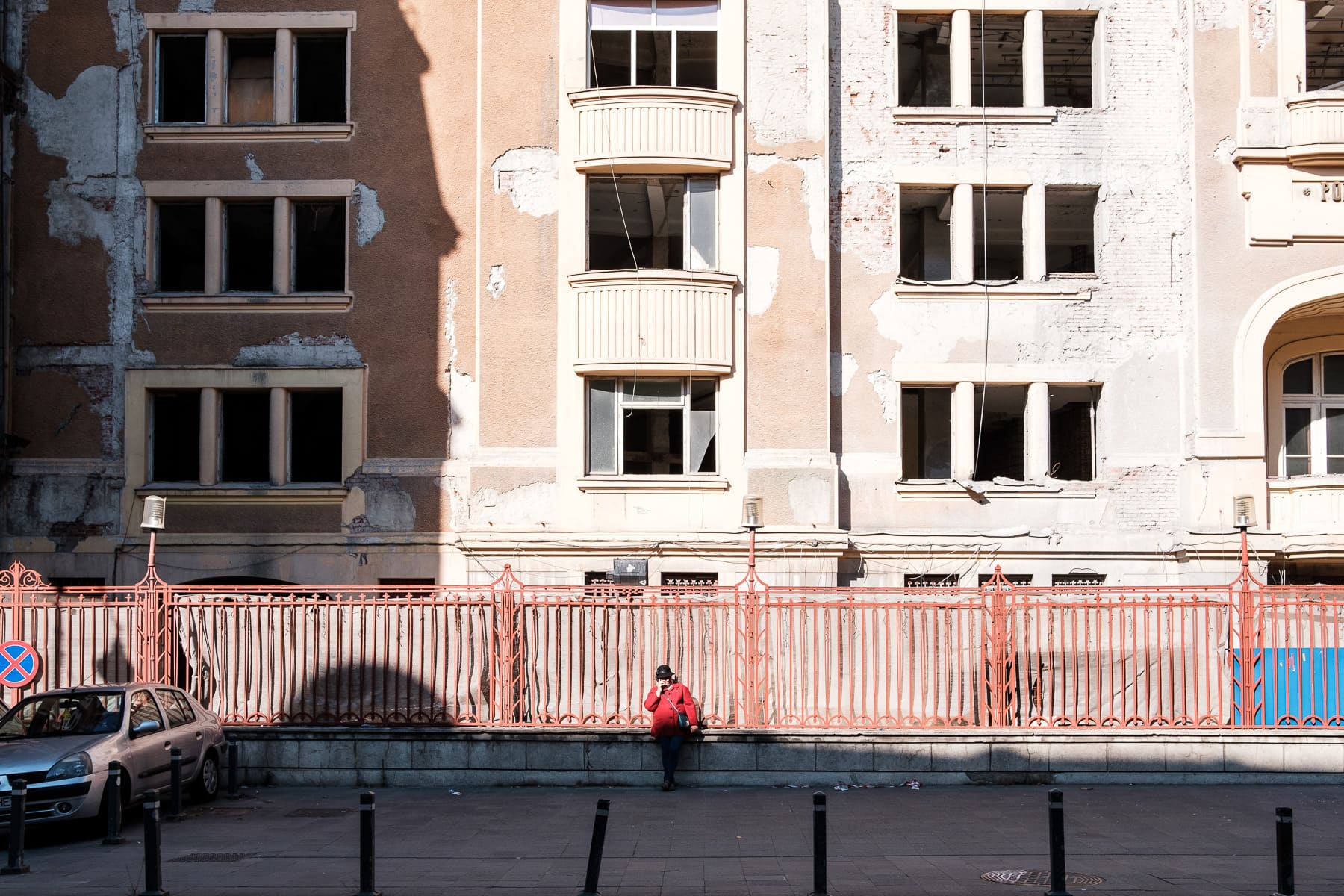
Analog and digital photography. Do you see these as alternatives to one another or the same thing?
While I only shoot digital, I strongly believe that the medium does not matter that much, as long as the message you want to convey is delivered.
Do you think Street Photography has a more documentary or more artistic value?
It is not necessarily a black and white situation; the scope is merely dependent on the photographer’s intent and the image itself. Street photography can be seen as a combination of both documentary and artistic values. It describes the world around us and at the same time offers a platform for artistic expression. Its power lies in its ability to tell real-life stories with an artistic touch, making it a rich and versatile genre that appeals to both historians and art enthusiasts alike.
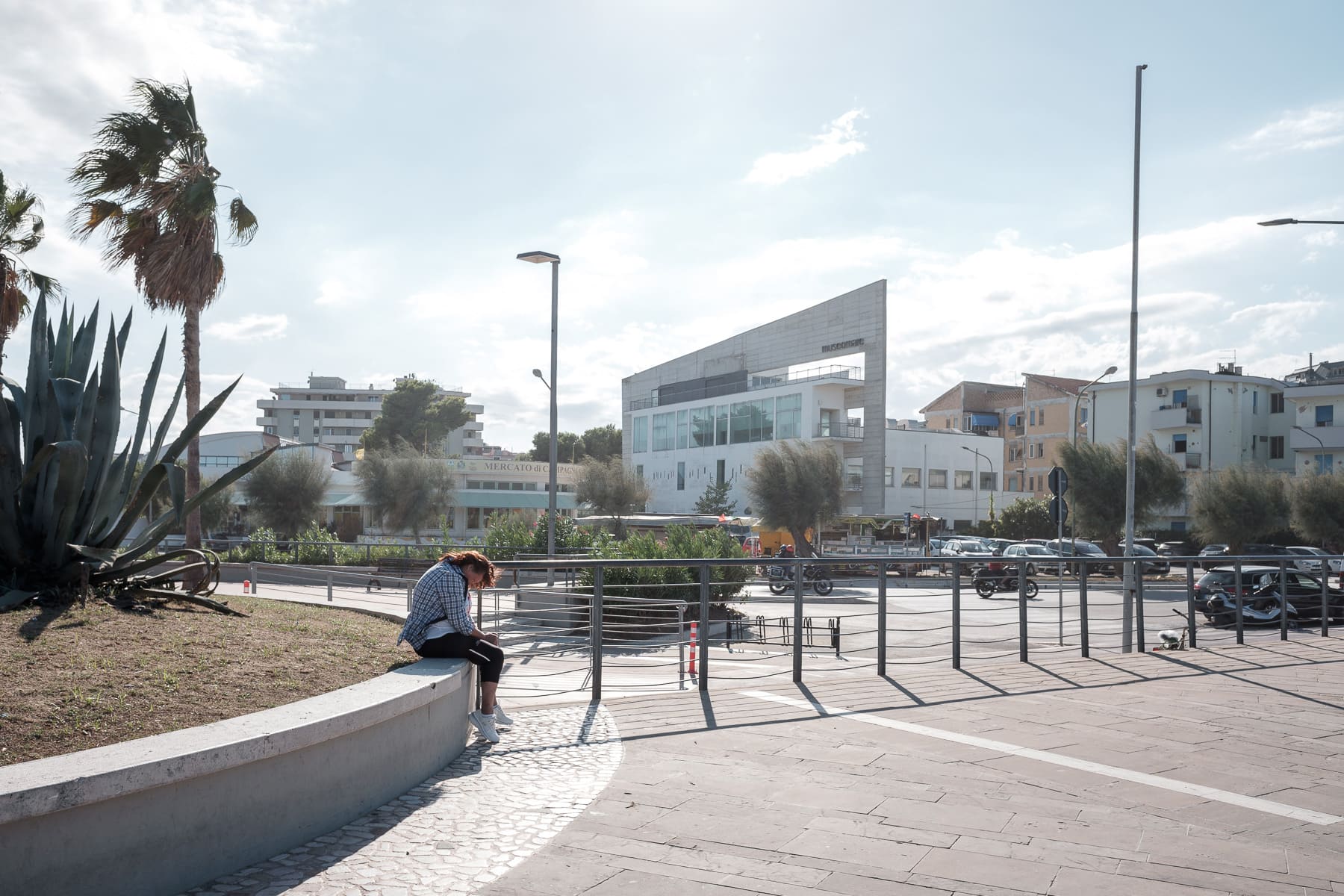
Do you think there are ethical limits in street photography? Do you think it’s possible to shoot everything and everybody? What is your approach in street photography?
Indeed, there are ethical limits to respect. I don’t think it’s right to photograph people in difficulty or distress. Photographers should avoid taking pictures that could demean or exploit their subjects. This includes avoiding photos that could embarrass, ridicule, or put the subject in a negative light.
I’m not invasive when I take a photo. I believe the photographer should be “invisible,” not capturing any attention to themselves. The goal is not to influence the moment I want to capture.
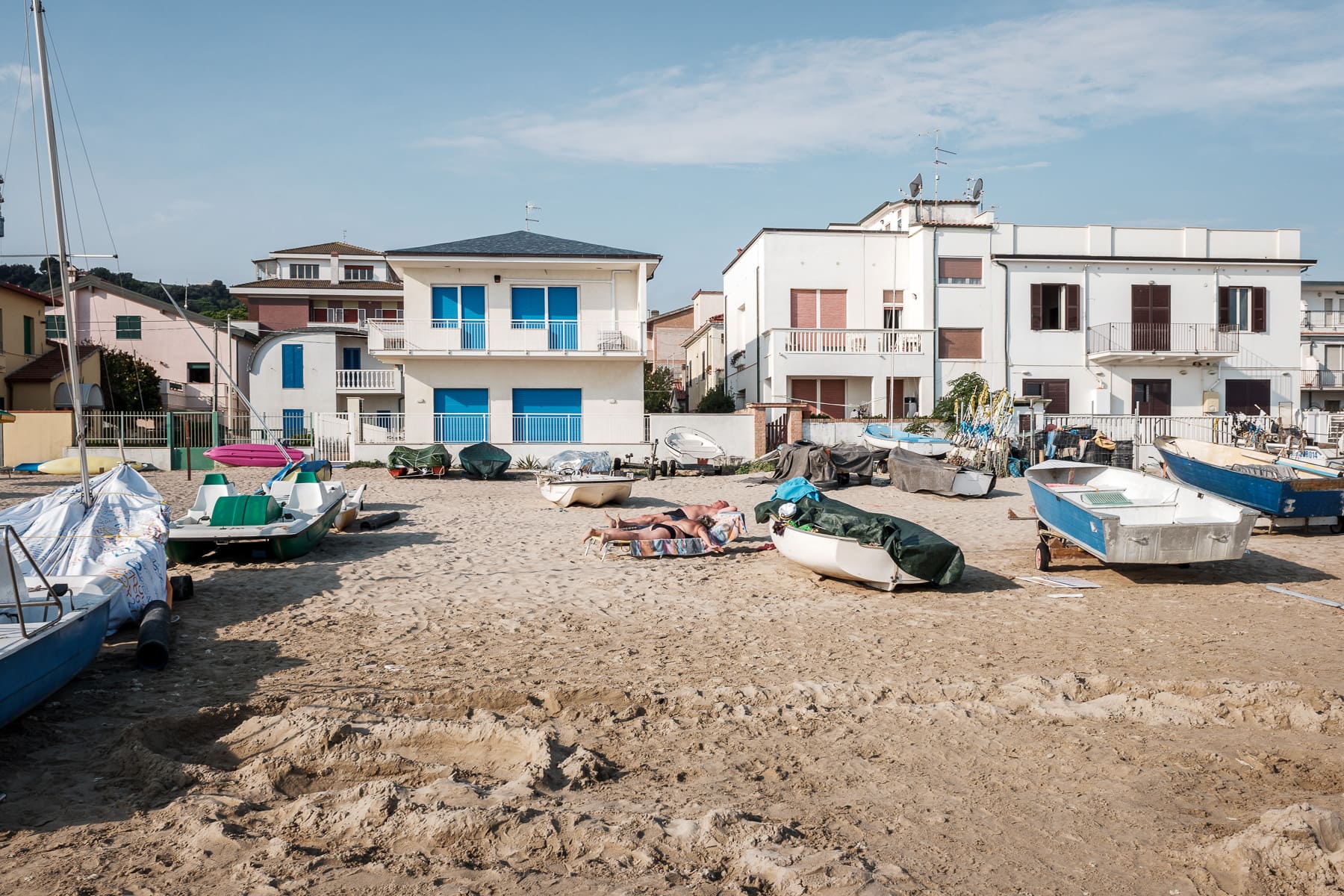
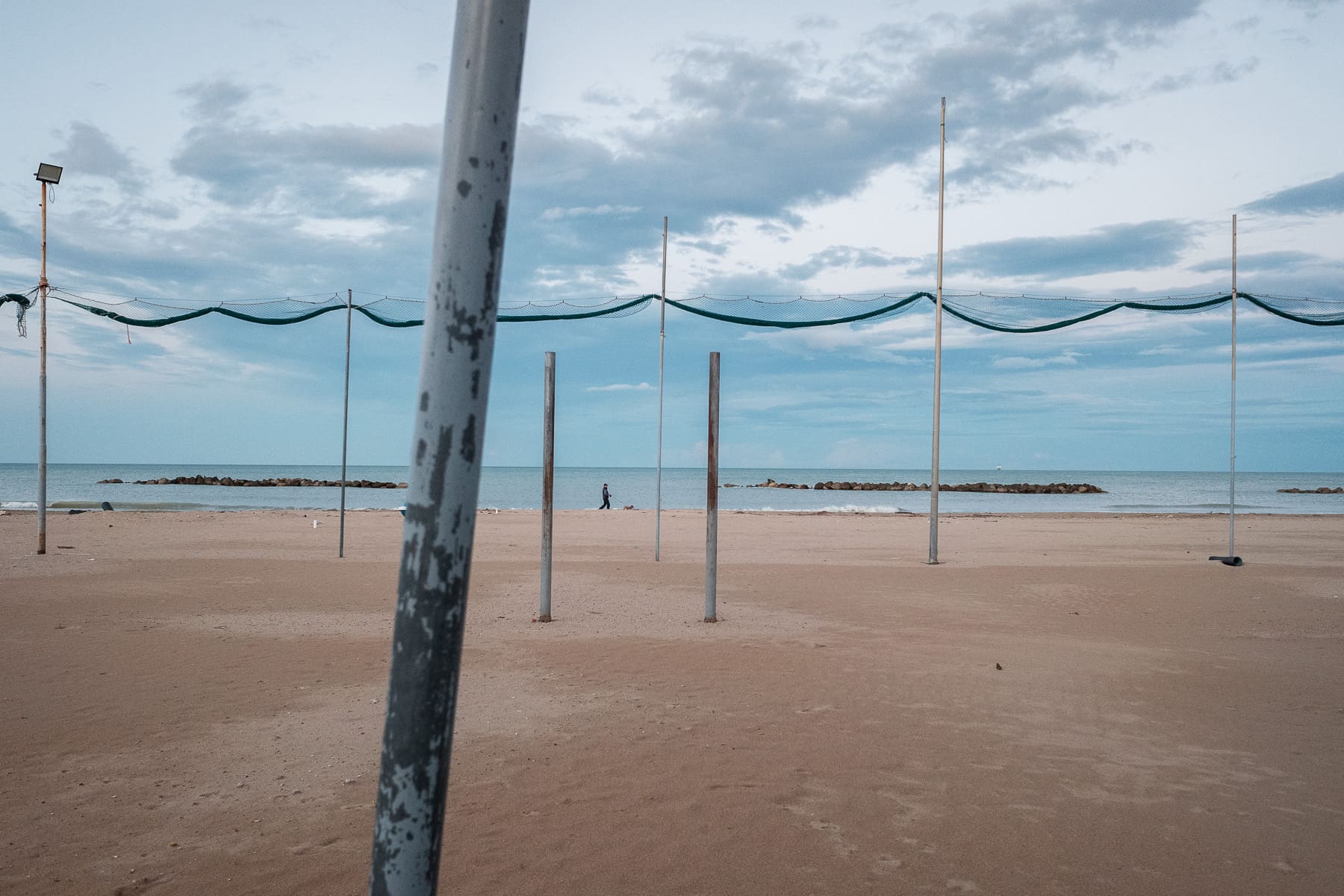
What kind of equipment do you use and what role, in your opinion, does equipment have in street photography?
Now I am using a Fujifilm X-T30II with a 23mm (35mm equivalent) and a Fujifilm XF10. Both are lightweight and easy to carry. If I take an easy walk, I will bring the compact XF10. If I go out with the specific intent to take some photos, I will bring the X-T30II. The camera doesn’t see the photo; the photographer’s eye does. Fancy and newest cameras don’t give you “good photos.” Films, books, and exhibitions provide better inspiration to take “good” photos.
If you had to choose one lens that you would have to use for the rest of your life, which one would that be and why?
35mm is my sweet spot – not too wide, not too long. Having only one lens on your camera makes your brain see like your camera sees, and you always know what you get. You know if in one situation you need to be closer to the subject or if you need to take a step back.
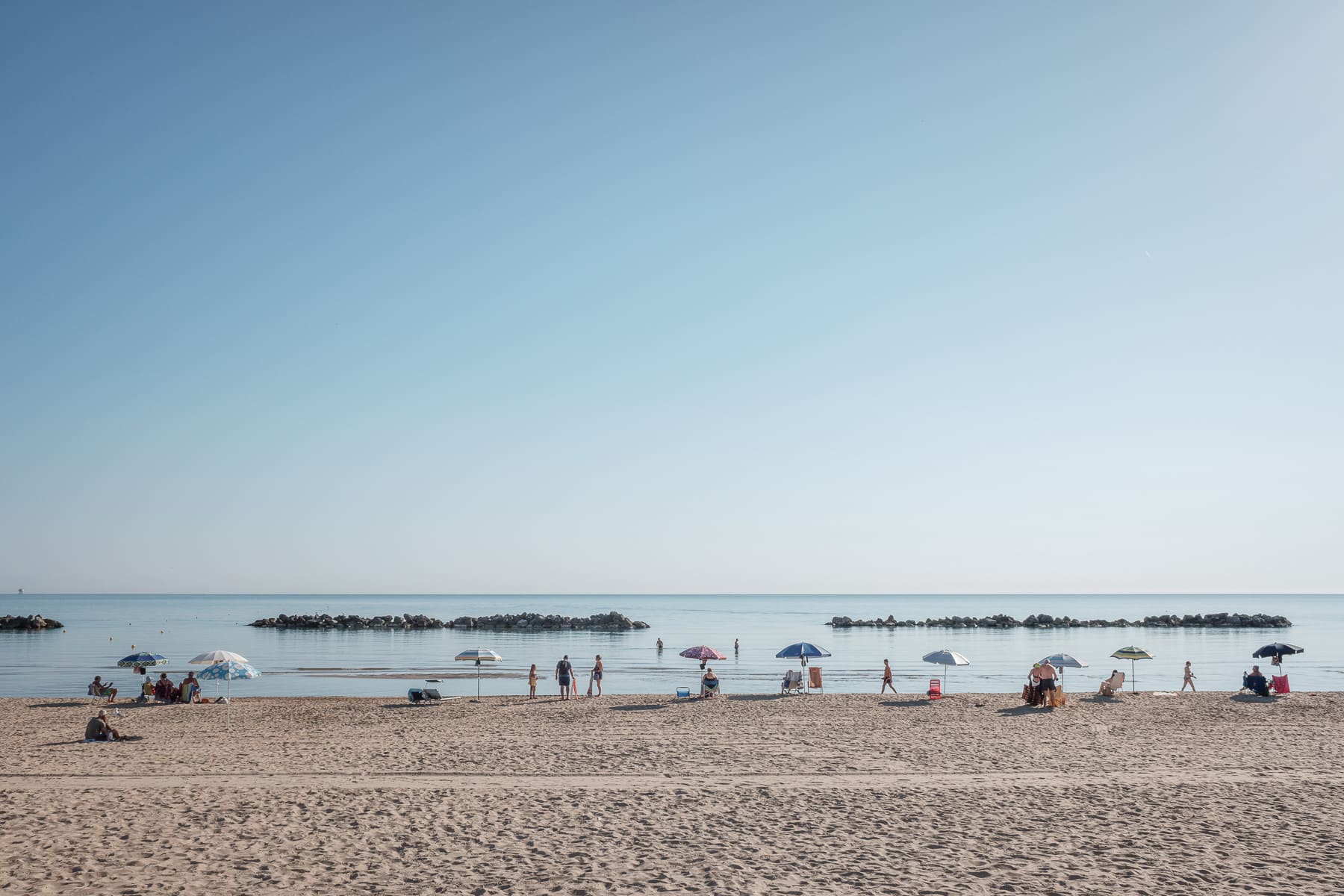
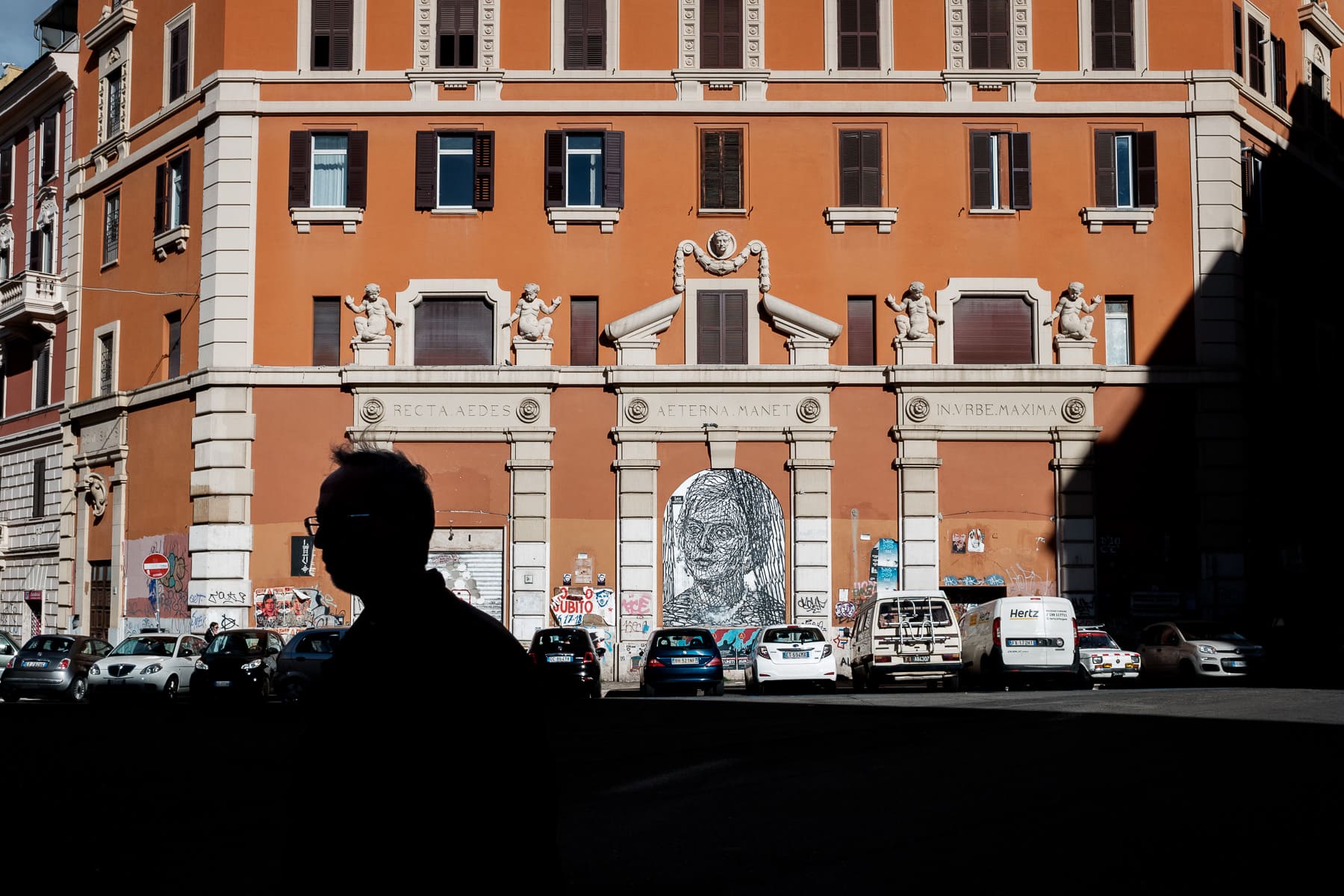
“Street photography can be seen as a combination of both documentary and artistic values. It describes the world around us and at the same time offers a platform for artistic expression. Its power lies in its ability to tell real-life stories with an artistic touch, making it a rich and versatile genre that appeals to both historians and art enthusiasts alike.”
After shooting, what actions do you take in terms of processing and editing?
I always transfer to my computer all the pictures I took after each shoot, even if I only took a few of them. I first select the ones I like at that moment and slightly edit them. Every month I will have a second look at my archive with a fresh perspective. However, if I am working on a bigger project, I would rather edit all the pictures together to ensure that they are coherent.
Do you have new projects or themes in mind that you would like to explore in the future?
Yes, I’ve been working on two long-term projects for about two years. The first one concerns my daily routine, and the pictures are all taken with my smartphone. The second project portrays the city where I live (Francavilla al Mare) during the low season.
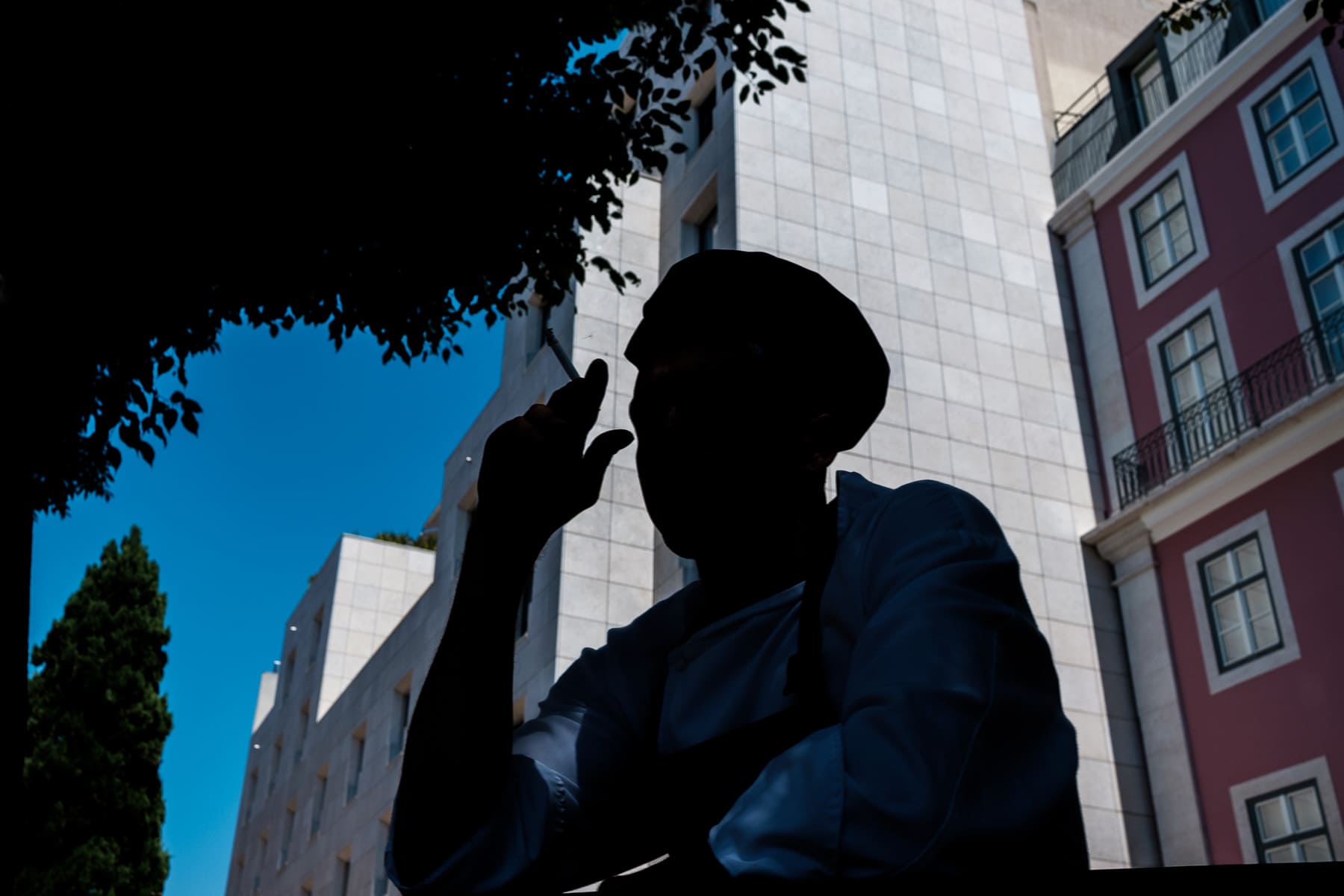
How do you see the evolution of your photographic work?
My photos and my approach to photography have changed drastically since I started. I initially focused on learning the basic techniques, such as composition, lighting, and camera handling. Over time, I began to develop a personal style. I realized that the images that create a lasting impact are those that are deeply connected to my experiences, emotions, and observations of the world. My work is always evolving, driven by curiosity, a passion for experimentation, and a desire to tell stories through images. My ambition is to publish a book.
Which are your favorite photography books?
I would say *Kodachrome* by Luigi Ghirri and *Invisible Cities* by Italo Calvino. The latter was the inspiration for my first photographic project “Fillide.”
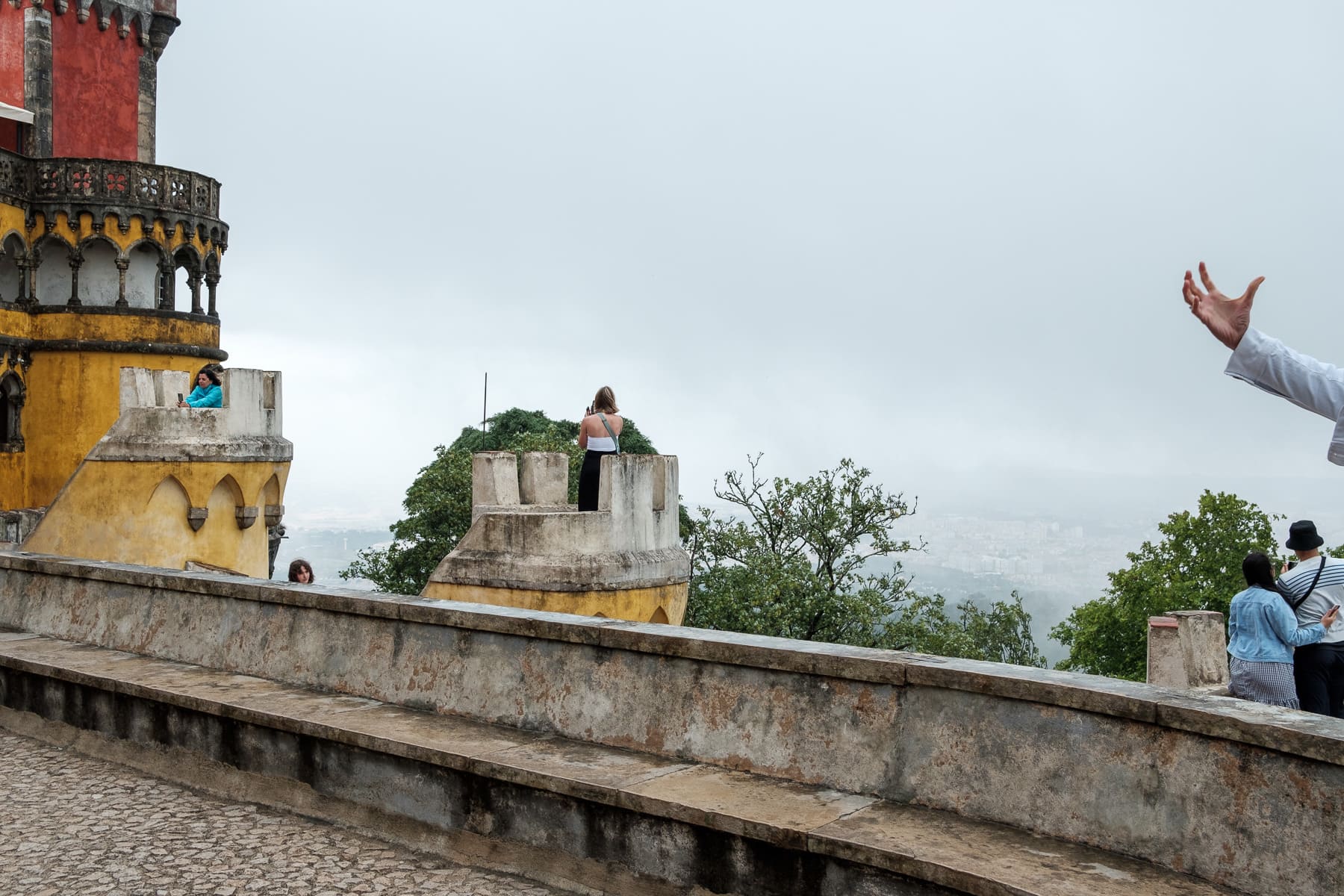
Is there a country or a city that you like to photograph more than others?
At the beginning of my journey in street photography, I was convinced that to take good photos it was strictly necessary to visit big cities. Now I would rather say that the location is not important. I live in a small seaside town where, especially in winter, it is impossible to find the liveliness one would find in a big city. But nothing is impossible. You just need to always be ready with the camera in your hands to find the extraordinary in the ordinary.
What advice would you give to someone who is starting to do street photography and wants to develop a unique and personal style?
First and foremost: wear comfortable shoes! It is impossible to be clear-headed if you’re tired or sore. Secondly, always carry a camera with you (no matter which one): you never know what can happen (even if you go out to do shopping). Last but not least: don’t bring a lot of equipment. You only need one camera and one lens.
Thank you!
FRANCESCO BIOGRAPHY
I am 35 years old and work as a Help Desk Technician. In 2014, almost by accident, I approached photography for the first time. I discovered street photography as a self-taught artist, and it has fascinated me with the way it describes places and people as they are. A few years ago, I started to dedicate myself to this photographic genre to capture the reality that surrounds me in a candid and spontaneous way.
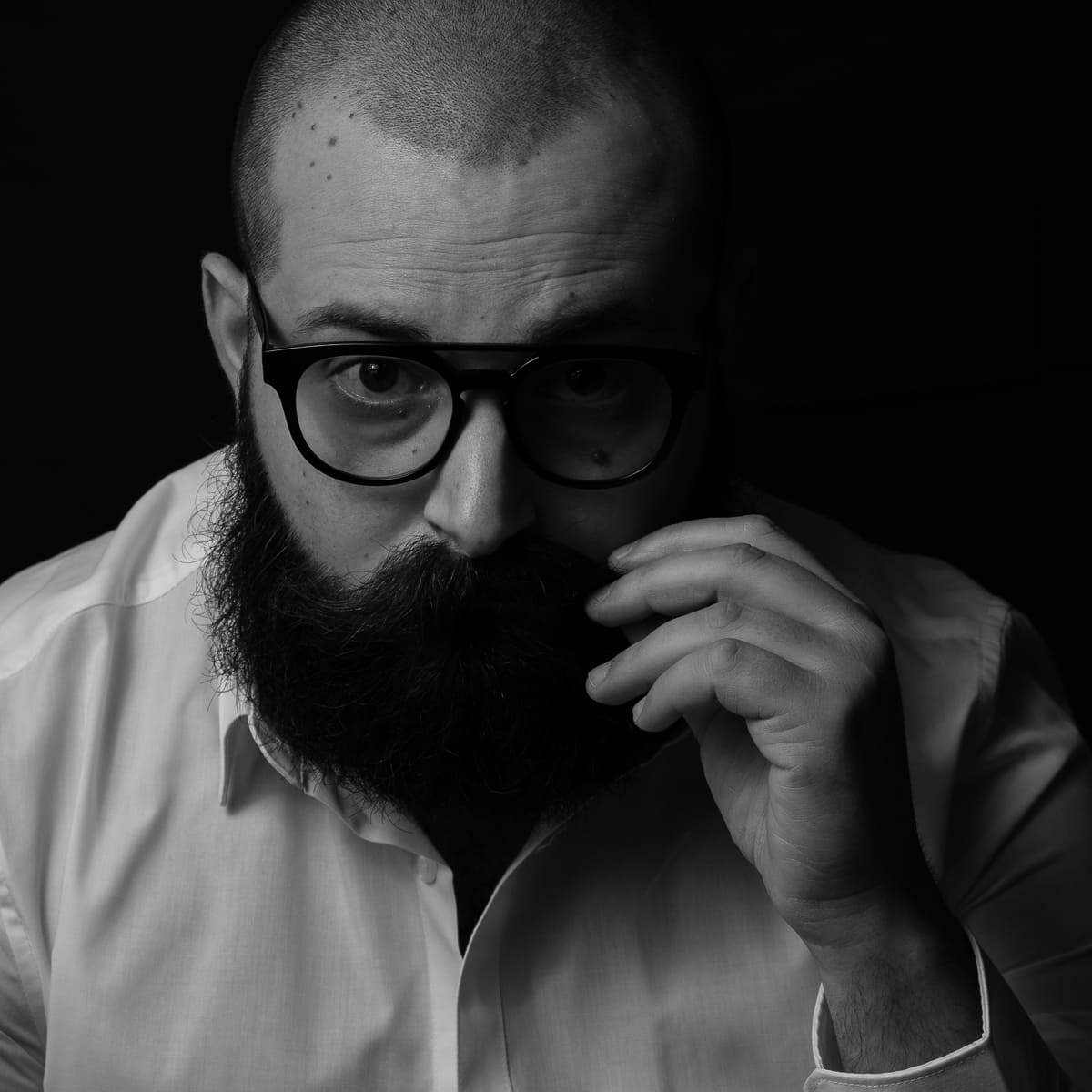
Francesco Links:
Website: https://www.francescoranieri.com/
Instagram: https://www.instagram.com/francescora/

